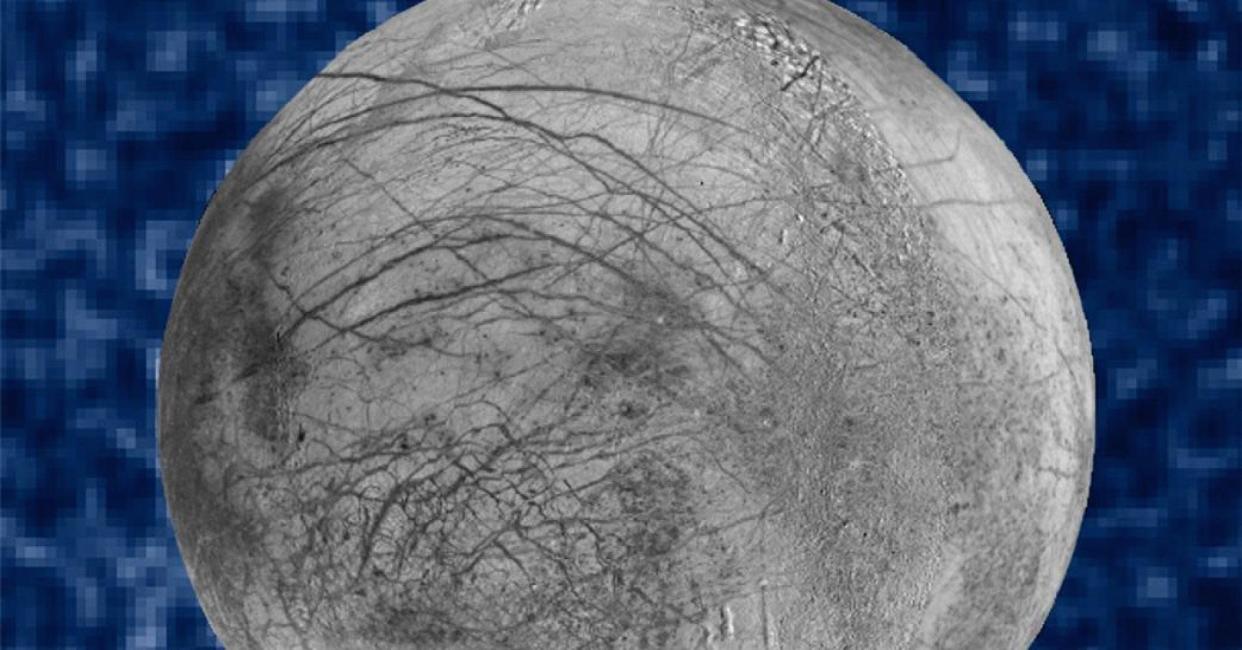Signs Jupiter's moon has an ocean beneath its surface

NASA's Hubble Space telescope has found evidence that Jupiter's moon Europa has a global ocean beneath its icy surface.
If there are actually plumes on the moon, it means scientists could explore the moon's subsurface ocean for chemicals, and even signs of life, without having to drill for miles through the moon's thick icy surface.
"Europa's ocean is considered to be one of the most promising places that could potentially harbor life in the solar system," said Geoff Yoder, acting associate administrator for NASA's Science Mission Directorate in Washington, D.C., in a news release. "These plumes, if they do indeed exist, may provide another way to sample Europa's subsurface."
Many researchers have been convinced that there must be a subsurface ocean on Europa, judging by the mass of the moon relative to its size, and other evidence.
Observations have also shown water plumes erupting from the surface of one of Saturn's moons, Enceladus. And a previous team found evidence of water plumes on Europa in 2012, also using Hubble.
Hubble is the only telescope capable of looking at Europa at this level of detail in ultraviolet light, and these images push the limits of what the telescope can do.
There are a few further steps scientists can take to collect more evidence and potentially confirm whether there is water. NASA's James Webb Space Telescope, scheduled for a 2018 launch, will have infrared vision and will be even more powerful than Hubble. The agency is also planning a mission to Europa meant to study whether the moon is capable of supporting life.
More From CNBC
Top News and Analysis
Latest News Video
Personal Finance


